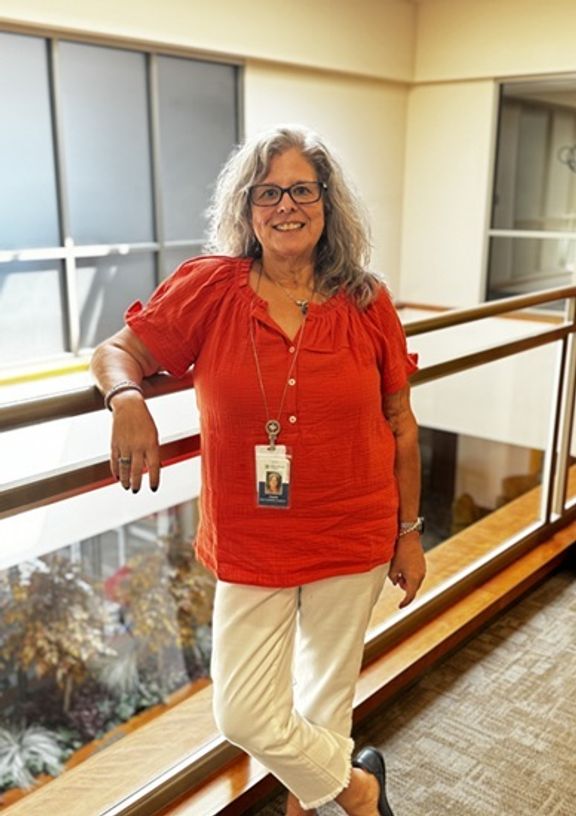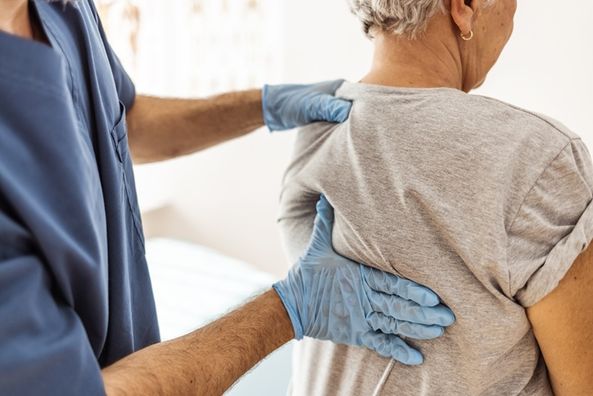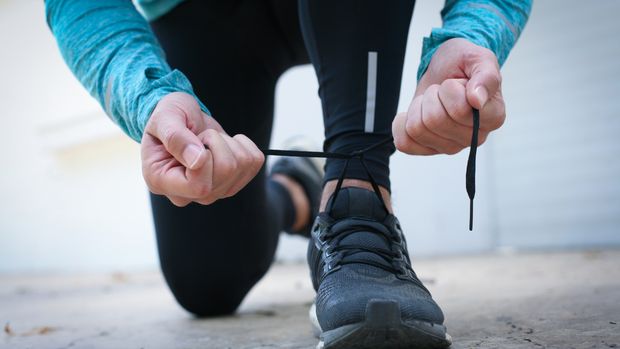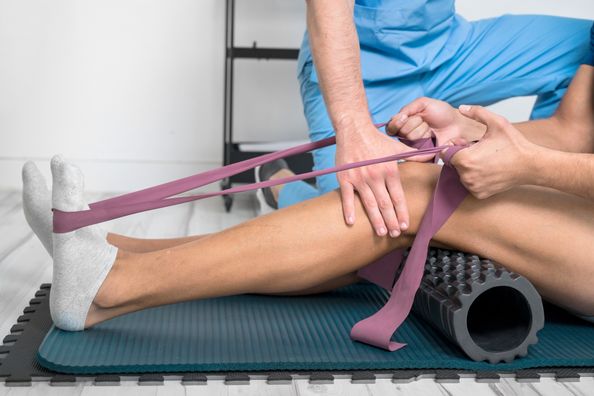For Charlie L., what started as a slow, nagging discomfort eventually disrupted her daily routine, emotional well-being, and sense of self.
Charlie, a longtime nurse, spent years on her feet caring for patients before transitioning into her current role as an Epic Analyst at South Bend Clinic (SBC). Even with a high tolerance for discomfort, the pain began interfering with her ability to function at work — and enjoy life outside of it.
“I’ve had back pain forever,” she said. “It really started getting worse around 2022, and by fall 2023, I was really struggling. Standing hurt, lying down hurt — even going to bed was miserable. Walking down the street was uncomfortable. I’ve always been really active, so this pain was really troublesome.”
Despite trying several treatments — physical therapy, medications, MRIs, and radiofrequency ablations — relief was always temporary.
“I felt frustrated,” she said. “I’ve always been able to lift heavy things and support patients, but the pain was overwhelming. At times, I questioned whether this was just how things were going to be from now on.”
The toll wasn’t just physical.
“The constant pain made me weak and depressed. Even sitting at my desk was uncomfortable. I pulled back from things I love — walking my dog, going to art fairs, even vacations. I dreaded long car rides or flights because I knew my back would hurt afterward,” she said.
Charlie remembers a specific trip that made her realize how much she was losing to the pain. “I go to the Smoky Mountains every year with my friends,” she said. “I couldn’t move as well when we went. I could barely get my suitcase up into the cabin. I held back from doing a lot of things that I would have normally done.”
When Rachael Sprunger, DO, an Interventional Pain Medicine and Rehabilitation physician with SBC, introduced Charlie to the Intracept® procedure, she felt ready to try something different.
“I wasn’t nervous about it. I trust Dr. Sprunger. She really looks for non-drug options and has my best interests at heart. I figured, what could I lose?”
The Intracept procedure, also known as basivertebral nerve ablation, is a minimally invasive treatment for a specific type of chronic low back pain called vertebrogenic pain.
Recovery wasn’t immediate, but Charlie said it felt different.
“I was sore after the procedure, but the incisions were tiny and healed quickly. Within a month or six weeks, the pain started getting much better.”
That improvement opened the door to bigger changes.

“I was able to do physical activities again that I hadn’t been able to do in a long time. And I actually wanted to do them,” she said.
Since the procedure, Charlie has lost 50 pounds — largely because she’s finally able to move again.
“I can now walk three miles without discomfort and lift heavy things like patio furniture,” she shared. “Last summer, I couldn’t carry chairs to the deck. This year, I can do it with no problem.”
More importantly, she says, she feels like herself again.
“I’m more confident, I have more energy, and I’m doing the things I missed.”
Her advice to others navigating chronic pain — keep an open mind.
“Pain control is 50% mental and 50% physical. When you’re in pain, it’s hard to get your head right,” Charlie said. “But if there’s an opportunity for relief, and you and your doctor feel good about it, try it. Don’t see it as something you have to do, but as a chance to take back your life.”
Ready for relief?
Learn more about the Intracept procedure or other pain management options by scheduling an appointment with one of our interventional pain medicine and rehabilitation specialists.
Health Topics:




